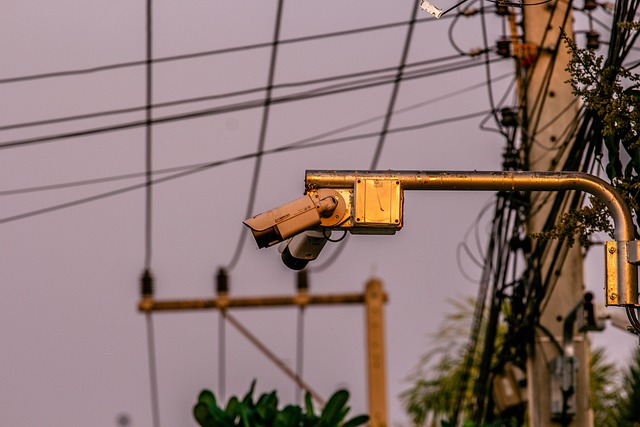San Antonio's humid climate fosters attic mold growth due to high year-round moisture levels, posing health risks and structural damage if left undetected. Regular air quality testing is crucial for safe, healthy home environments. Through sampling airborne particles, professionals identify mold spore concentrations guiding effective remediation strategies tailored to the city's unique attic mold problems. Homeowners should look out for signs like musty odors or visible growth, conduct regular inspections, improve ventilation, repair leaks, and engage in professional mold testing for proactive solutions.
In the humid San Antonio climate, attic mold problems are prevalent, posing significant health risks. This article delves into the critical intersection of air quality testing and mold inspection, guiding homeowners through understanding and addressing attic mold effectively. We explore the unique challenges of the local weather and highlight how thorough air quality testing can pinpoint hidden mold issues, enabling prompt and comprehensive remediation.
- Understanding Attic Mold in Humid San Antonio Weather
- The Role of Air Quality Testing in Mold Inspection
- Identifying and Addressing Attic Mold Problems Effectively
Understanding Attic Mold in Humid San Antonio Weather

San Antonio’s humid climate presents unique challenges when it comes to attic mold problems. With high humidity levels throughout the year, attics can become breeding grounds for mold and mildew growth. This is particularly concerning as mold thrives in warm, damp environments, making San Antonio’s weather a perfect storm for its development.
The city’s consistent moisture encourages the proliferation of various types of fungi, which can quickly infiltrate homes, especially in areas with inadequate ventilation or visible water intrusion. Attic mold problems are often overlooked due to their out-of-sight nature, but they can have severe health implications and structural damage if left unchecked. Regular air quality testing is a proactive measure for San Antonio residents to ensure their home environments remain safe and healthy, even in such humid conditions.
The Role of Air Quality Testing in Mold Inspection

Air quality testing plays a pivotal role in comprehensive mold inspections, especially in cities like San Antonio known for their humid climates where attic mold problems are prevalent. This process involves taking samples of airborne particles and gases to determine if mold spores are present at harmful levels. Given the potential health risks associated with exposure to mold, such as respiratory issues and allergic reactions, accurate air quality testing is essential for a thorough assessment.
By analyzing the results, professionals can identify not only the presence but also the concentration of mold spores in the air. This information guides effective remediation strategies tailored to the specific attic mold problems in San Antonio’s humid climate. It ensures that any mold removal efforts are comprehensive and safe, minimizing health hazards for homeowners while addressing the root cause of the problem.
Identifying and Addressing Attic Mold Problems Effectively

In the humid San Antonio climate, attic mold problems can thrive due to increased moisture levels and limited ventilation. Homeowners should be vigilant about potential signs such as musty odors, visible mold growth on insulation or drywall, and visible water stains. Regular inspections are crucial, especially in areas prone to high humidity, as early detection allows for prompt addressing of the issue.
Effective solutions involve improving ventilation by installing exhaust fans or considering attic vents, ensuring proper air circulation, and addressing any leaks promptly. Additionally, professional mold testing can pinpoint problem areas, providing data-driven insights for targeted remediation. By tackling attic mold problems in the humid San Antonio climate head-on, homeowners can maintain a healthier living environment and prevent costly repairs down the line.
In the face of attic mold problems prevalent in the humid San Antonio climate, a comprehensive understanding of air quality testing is paramount. By integrating this knowledge with effective strategies for identifying and addressing mold issues, homeowners can ensure a healthier, more secure living environment. Regular inspections and strategic interventions are key to mitigating the risks associated with attic mold in this unique ecosystem, allowing for peace of mind and optimal indoor air quality.
